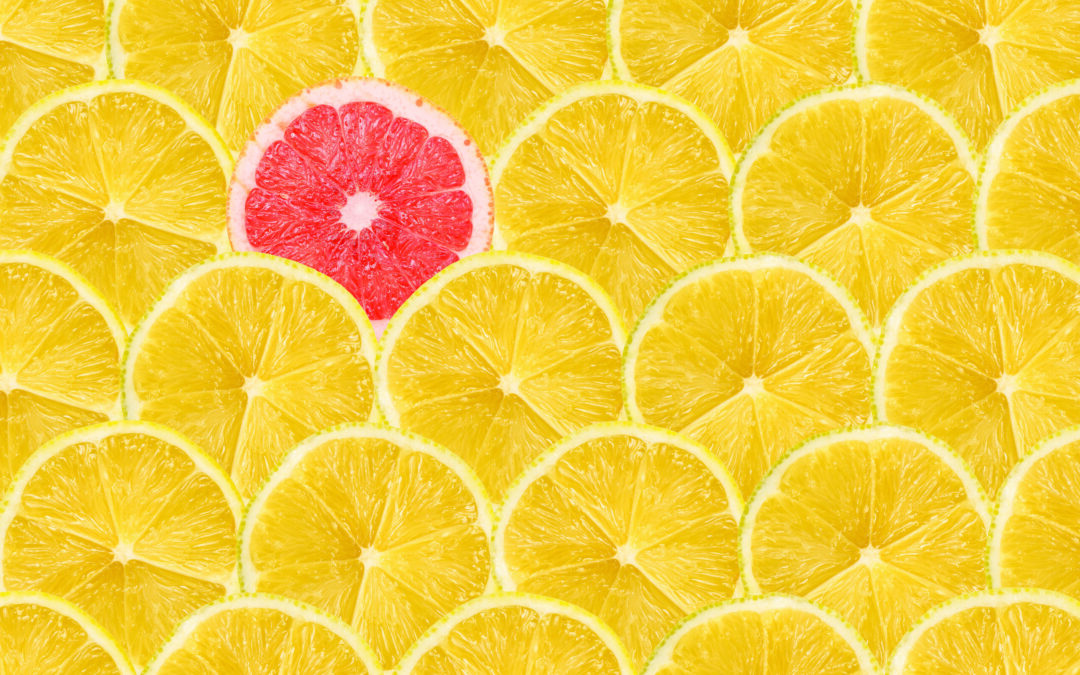A Chef’s Tasteful Look at Taking Sugar Off the Table
In part two of our series with professional chef Stan Hodes, he shares some artful substitutes, both natural and man-made, to sweeten up recipes without dipping into the sugar bowl.
“It’s almost impossible to eliminate sugar completely because it appears, sometimes stealthily, in just about all foods,” says Chef Stan, “but there are many alternatives available that won’t substantially raise your blood sugar level and leave you craving even more sweetness.”
Cutting back can produce a number of important benefits, as evidence links added sugar to poor oral health, obesity, diabetes, heart disease and cancer.
“Keep your primary goal in mind – reduced insulin levels, decreased caloric intake, weight loss or disease prevention – when considering substitutions and tailor accordingly,” he urges.
When Cooking, Chef Stan Recommends:
-
- Minimize use of salt and you’ll bring out the natural sugars in your ingredients by at least half.
- Focus on lower-sugar ingredients that coax out sweetness: dark chocolate, coconut or coconut oil, prunes and berries. Carrots and dates are terrific for sweetening stews.
- Try robust spices that enhance sweetness: cinnamon (whole or powdered), fennel, star anise, licorice root, vanilla.
- Make dehydrated fruit: Thinly slice fruit, cook in a convection oven at 160º to 180º for 2 to 4 hours, depending on the firmness and chewiness you prefer. Dehydrated fruit contains more calories than fresh fruit (because the sugar content becomes concentrated) so cut portion size in half.
Choose your Fruits Carefully
Some naturally contain substantially more fruit sugar, or fructose, making it best to limit: mangos (the highest), grapes, cherries, pears, pineapple, watermelon, dried figs, dates and bananas. Lower-sugar choices include: blackberries, cranberries, strawberries, grapefruit, starfruit, rhubarb, casaba melon, cantaloupe, papaya and guava.
Natural Sweeteners
Most natural sweeteners contain more nutrients and antioxidants than refined sugar, but beware, a calorie is still a calorie, and these contain approximately the same amount as sugar. Look for:
- Date sugar, a powder made by pulverizing dried dates, is high in potassium.
- Maple syrup, in its pure form, is one of the most natural forms of sugar, processed simply by boiling the sap of maple trees.
- Honey, one of the oldest replacements for sugar around the world, made by bees from flower nectar and then mechanically filtered and strained. The complex range of flavors is ideal for baked goods and easily incorporated into desserts requiring a smooth texture such as custards and puddings.
- Blackstrap molasses, made by boiling down sugar cane or sugar beet juice for a syrup-like consistency, is high in iron, potassium and calcium.
- Organic coconut sugar, naturally processed from coconut palm sap, offers a rich brown sugar-like flavor, nutrients such as zinc and iron, and some inulin (fiber), but has a high fructose content.
Sugar Substitutes Offer Reduced or No-calorie Alternatives to Table Sugar:
- Monk fruit, extracted from the Asian luo hang guo fruit, has been used for centuries in Chinese medicine. It contains no carbohydrates or calories, drawing its sweetness (up to 200 times sweeter than table sugar) from antioxidants called mogrosides.
- Sugar alcohols such as xylitol and erythritol, processed from plant fibers like birch and cornhusks, have a sweetness similar to sugar. Most of it is not broken down by enzymes in the body, but excreted in urine. In large doses, these sweeteners can cause digestive issues such as gas and diarrhea in some people.
- Stevia, made from the leaves of a South American shrub, has been considered by some as the most natural sugar substitute, but it is highly refined and often blended with additives.
Avoid completely:
- Agave Syrup contains 75-90% fructose, which rapidly raises blood sugar levels.
- High Fructose Corn Syrup contributes to diabetes, inflammation, high triglycerides and non-alcoholic fatty liver disease. It’s not typically used as an individual ingredient at home, but is commonly found in store-bought sauces, salad dressings and other condiments – check the labels before you buy.
Stan Hodes served as Executive Chef and Manager of Dining Services Operations at Baptist Hospital of Miami for 27 years, and worked as chef for the Marriott Hotels, Cancun’s Casa Magna Resort, and Royal Caribbean and Norwegian cruise lines. He was recognized by HealthLeaders Magazine as one of the top 20 Most Innovative Foodservice Executives in America.

